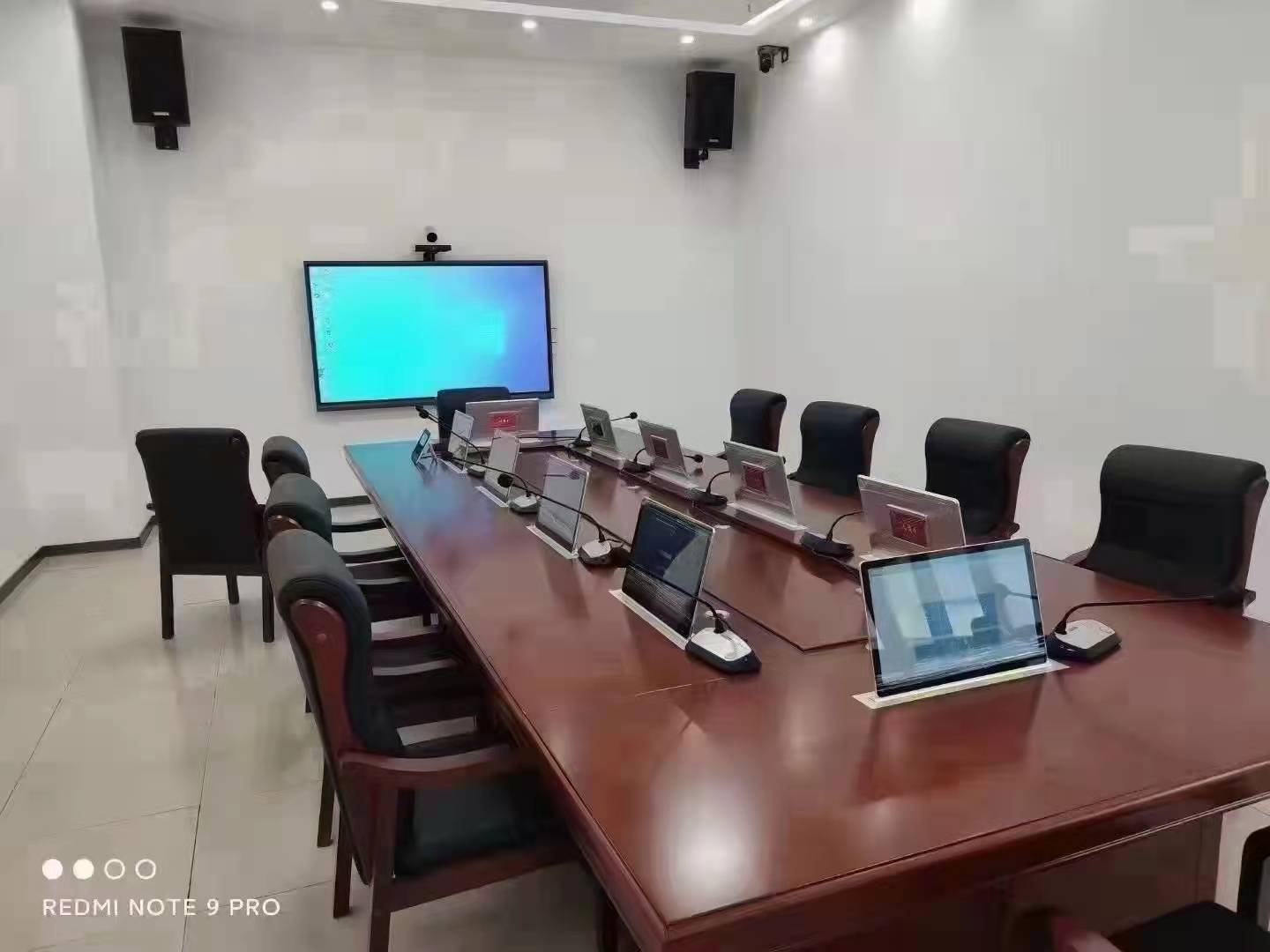

Leave a message

With the rapid development of information technology in the era, the conference room has become an important place where all kinds of information are highly concentrated. The range covered by the conference system has greatly increased. The digitization of conference systems has gradually become a development trend. Among them, video, audio and centralized control have made great progress, including video signal digital processing, audio signal digital processing and centralized control network.
The conference digital audio technology of the conference sound system is to convert the audio analog signal into an audio digital signal. Carry out transmission or recording, and then restore the transmitted or recorded audio digital information to the original audio analog signal, during which two conversions are performed, namely analog-to-digital conversion A/D and digital-to-analog conversion D/A.
A conversion device that converts an analog signal into a corresponding digital signal is called an analog-to-digital converter. It first converts the analog signal that is continuous in time into discrete and then quantizes the discrete to make it digital. The process is sample-hold-quantization-coding. Sampling and holding are carried out continuously using the same circuit, and quantization and coding are also achieved simultaneously during the conversion process. And the time taken is also part of the hold time.
1. Sampling and holding, converting an analog signal into a digital signal. First of all, the analog quantity that changes with time should be discretized on the time axis, that is, the signal amplitude at a certain moment should be collected at a completely strict time interval. This requires a sampled signal whose frequency f0 reflects the sampling time interval. The sampling frequency is required to comply with the sampling theorem, and the sampling frequency must be 2 times higher than the sampled frequency, otherwise the sampled signal will cause distortion during restoration.
2. Quantization and coding: The digital signal is not only discrete in time, but also discontinuous in value. When using a digital quantity to represent the sampling voltage, it must be converted into an integer multiple of the smallest unit. This process is called quantization. The quantized value is represented by a binary code, which is called encoding. This binary code is the output signal of the A/D conversion.
3. A/D converter: According to different working principles, A/D converters can be divided into two categories: direct A/D converters and indirect A/D converters. In a direct A/D converter, the analog signal voltage is directly converted into a binary code. Without intermediate variables, in the indirect A/D converter, the input analog signal voltage is first converted into a certain intermediate variable, such as time, frequency, pulse width, etc., and then the intermediate variable is converted into the output digital code.
There are two processes in the digital audio processing of conference audio: one is analog pickup - audio amplification, sampling and holding, compression and modulation, sending records. The second is digital reception - demodulation and compression - information processing - error detection and correction - digital-to-analog conversion - low-pass filtering - restoration of analog signals.

Digital audio processing is mainly manifested in the middle process. The beginning and end of the process are still in the form of analog signals. The application of digital audio technology in conference sound systems makes audio signals more convenient for transmission, processing and storage in the network. Digital audio equipment such as: digital mixer, digital audio processor, digital audio matrix, digital media matrix. It has been gradually accepted by users and engineering companies.

In a digital conference audio system, the digital technology is analog-to-digital conversion by the microphone or audio source input through the interface machine, and digital processing is performed after the conversion. Hundreds of devices such as compressors, delays, echo cancellers, noise gates, effects, audio matrixes, etc., can easily and quickly achieve the functions and effects you want by calling the digital audio equipment control software through the computer, and can form multiple systems, and then convert them through digital to analog. At present, the representative media matrix can also transmit audio signals through the network to form an audio network.

The technical advantages of the digital conference audio system have been gradually recognized by people, and it has changed the traditional conference audio and brought profound changes. It is believed that with the continuous development and innovation of digital technology, the digitalization and intelligent development of the audio industry, digital audio technology will definitely become the future development trend of the audio system, and will gradually penetrate into all fields of social life in professional conference applications and play an increasingly important role. The functions that the future digital audio technology can achieve will be richer and more user-friendly.
 【DSPPA Demo】PAVA8000 EN54 Voice Evacuation SystemNovember 12, 2020Abstract: DSPPA PAVA8000 EN54 Voice Evacuation SystemToday, we are gonna show you a demo about our PAVA8000 EN54 Voice Evacuation System.PAVA8000EN54 Voice Evacuation System can not only support manua...view
【DSPPA Demo】PAVA8000 EN54 Voice Evacuation SystemNovember 12, 2020Abstract: DSPPA PAVA8000 EN54 Voice Evacuation SystemToday, we are gonna show you a demo about our PAVA8000 EN54 Voice Evacuation System.PAVA8000EN54 Voice Evacuation System can not only support manua...view The National Standard Approval Meeting held in BeijingJuly 19, 2019The National Standard Approval Meeting held in BeijingThe approval meeting of the National StandardTechnical standard of public address system engineeringis held in Beijing on July 16, 2019. Xue Chang...view
The National Standard Approval Meeting held in BeijingJuly 19, 2019The National Standard Approval Meeting held in BeijingThe approval meeting of the National StandardTechnical standard of public address system engineeringis held in Beijing on July 16, 2019. Xue Chang...view